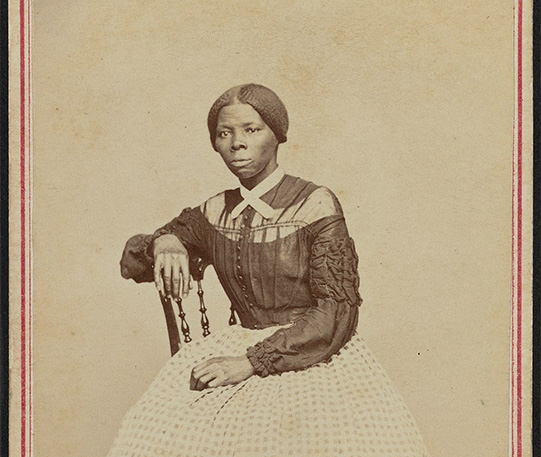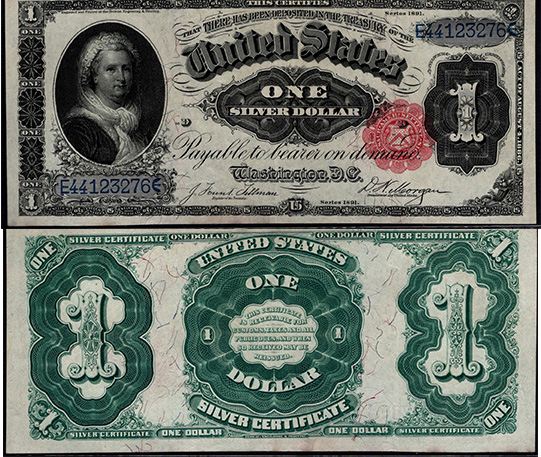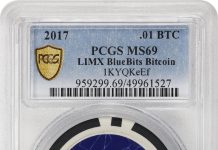
By Antoinette Rahn
There’s renewed discussion this week surrounding the inclusion of Harriet Tubman’s photo to appear on the United States $20 bill following President Biden’s announcement to increase efforts to redesign the bill to feature the historical leader’s portrait.
This isn’t new “news,” if you’ll recall; in 2016, then-Treasury Secretary Jacob “Jack” Lew announced the Obama administration’s decision to redesign the bill to feature the abolitionist leader. The process to bring this to fruition slowed, and according to some, stopped completely, since 2016. In an article by the Associated Press, issued in May of 2019, it was reported that the redesign would be delayed. Originally, it was believed the redesign and replacement of President Jackson’s portrait with Harriet Tubman would occur in 2020.
Debate Over Delays
At the time, Steven Mnuchin, Treasury Secretary during the Trump administration, explained that the delay was due to the decision to focus redesign efforts on the $10 and the $50, to improve security, according to the Associated Press article. Additional reports pointed to the Trump administration’s lack of support for the effort, even before the presidency, as the reason for the redesign project being “paused.”
As we look forward to the revival of the effort to bring Ms. Tubman’s face to U.S. currency, we also recognize the significance of this moment in history. Ms. Tubman will become just the second (or possibly third) woman to grace currency in United States. Martha Washington lay claim to being a pioneer in this, as her likeness appeared on a silver certificate in 1886. However, it’s reported that Pochahontas’ likeness was the first to appear on U.S. currency, on the reverse of First Charter $20 National banknotes issued in 1863 and again in 1875, according to information shared at the Architect of the Capitol website.
Silver at the Center
Interestingly, Mrs. Washington’s portrait first appeared on a $1 Silver Certificate, simultaneously as the “Silver Craze” of the late 1880s. Sound familiar? The “Silver Squeeze” situation occurring today is different from then, as the government was looking to change the currency system of the 1880s, having passed the U.S. Coinage Act in 1873.

Photo courtesy UnitedStatePaperMoney.com
By most accounts, the government’s decision to honor Mrs. Washington in this manner was viewed as positive, with some news outlets calling the move “an innovation.” Notably, when the note was produced, it was the first of its kind, and as such, Martha Washington’s portrait did not replace another.
The decision to include Ms. Harriet Tubman on the $20 is a redesign of an existing banknote, which is not an uncommon action. However, the decision has drawn criticism from some and praise from many others.
“It is important that our . . . money reflect the history and diversity of our country,” White House press secretary Jen Psaki said in announcing resumption of efforts by the Treasury Department, according to a report by The Washington Post.
The revival of this effort is one of many changes underway and likely forthcoming. Debated or not, this change to a single note reflects a different mindset and perhaps serves as a doorway for many to explore the world of banknote collecting.











